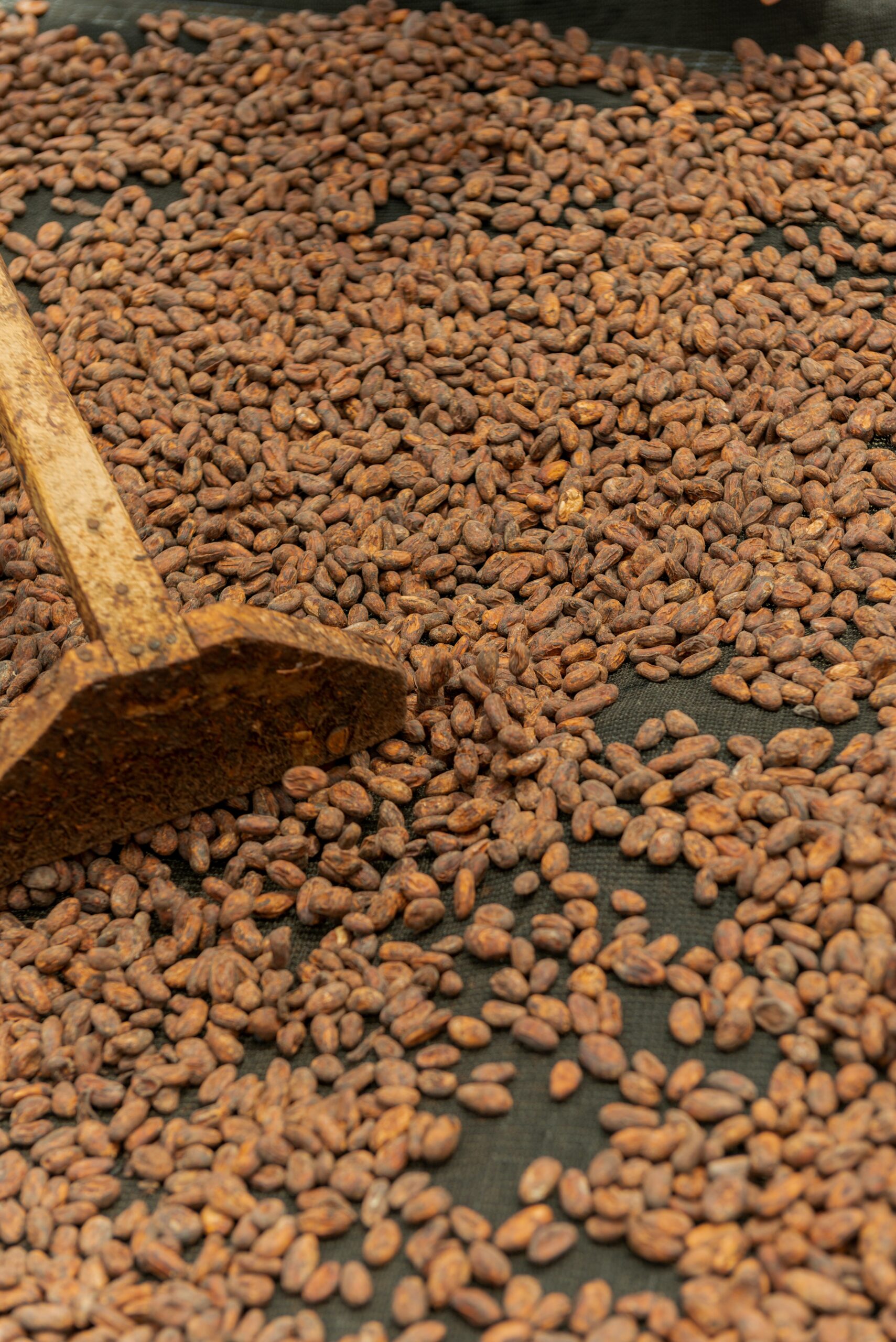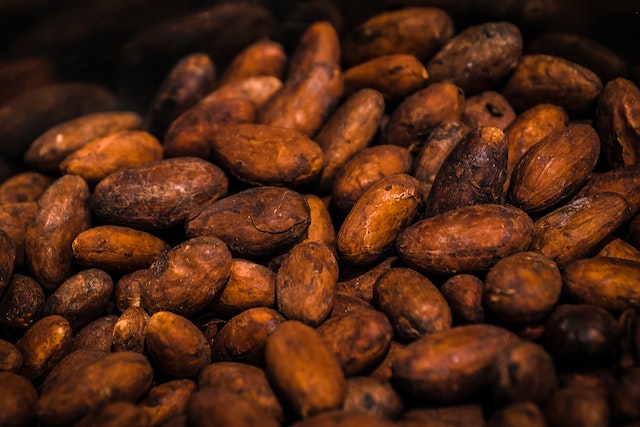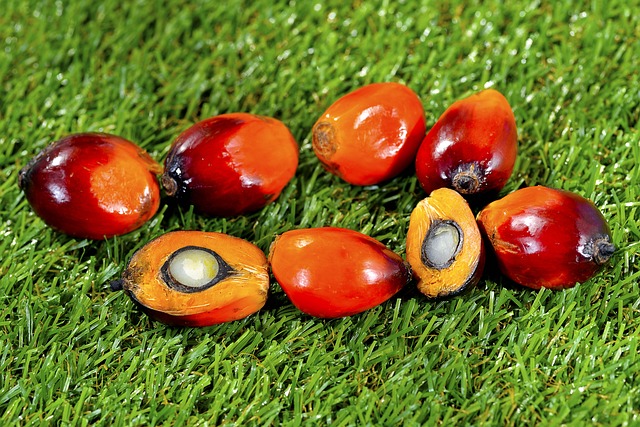
Welcome to Bantu Chocolate
March 11, 2022History of Cacao:
From South America to West Africa
Where did cacao originate? Is cacao native to Africa or South America? Where is cacao grown today?
Find answers to these and more in this article.
The History of Cacao – Where Did Cacao Originate?
The origin and history of cacao is wrapped in both legends and theories from scientists and researchers. According to Spanish botanist, José Cuatrecasas, an early broad territory for the cacao tree comprised the north and western parts of the Amazon basin, Central America, and southern Mexico.
But other botanists believe that the cacao plant was a wild South American tree taken to Central America by native sea traders from Venezuela or maybe the upper Amazon.
Some scholars believe South America was just where the plant evolved in structure and function. Meanwhile, other sources believe that the cacao tree resulted from humans crossing two wild strains, Theobroma pentagona and Theobroma leiocarpa, at least ten thousand years ago. Still, other researchers hold differing views.
In summary, no one knows exactly where and when the cacao tree originated. Archaeological remains of cacao have been dated to about 600 BC in Belize in vessels whose corresponding forms dated back to about 1000 BC.
However, the written history of cacao began possibly as early as the mid-third century A.D. in Mesoamerica. This is an important historical region in southern North America and most of Central America.
Mythology Surrounding the Origin and History of Cacao
There are ancient North, Central, and South American myths on the origin and history of cacao. They don’t count for historical or scientific evidence but indicate how humans have tried to identify where chocolate came from.
In South America, precisely Peru, Khuno, the god of storms, in a retaliatory action, destroyed a village with flood and hailstone. After the storm, the villagers discovered a cacao tree.
The complex myth from northern Andes in South America involves three deities, two good and one a trickster. The evil deity, Jabaru, stole and ate the seeds from which animals and humans were made. He then killed the guardian deity, Sura, and buried him.
Later, the chief, omnipotent deity, Sibu, through a drink from the beans of a cacao tree that had strangely sprung up on Sura’s grave, recovered the seeds from Jabaru and raised his friend back to life. The seeds were once again used to create humans and animals.
In Mayan Central America, the chief god, Huracan (U K’ux Kaj), also referred to as The Heart of Sky, created Cacao. He then used it alongside other materials to create humanity.
Still in Central America, Quetzalcoatl, the plumed serpent, first brought cacao beans to Earth from the Garden of Life. He was a revered and respected deity who taught the people agriculture, medicine, and how to grow cacao.

The History of the Word Cacao, “the Food of the Gods” and Theobroma Cacao
Kakawa (or kakaw) was the word for Cacao in Mije-Sokean languages, a language family still spoken in some parts of Mexico today. The Nawa called it kakawa-tl, the Masawa used kakawa, while non-common variants existed in general Mayan and other languages.
Research shows that this word kakawa (or kakaw) originated in the Gulf Coast of southern Mexico and spread to the basin of Mexico. Mayans called it Kakaw, a word that also spread to Honduras Lenka. It is assumed that this word then extended to languages in lower Central America, even right to Costa Rica.
Before the arrival of Christopher Columbus and the Spanish conquest of the Americas, South America didn’t have the term Kakaw for cacao.
The widely known word, cacao, is the Spanish derivative of the Nawa kakaw-tl (or cacahua-tl).
Theobroma comes from two Greek words, theos, which means god, and broma, which means food. So Theobroma means “food of the gods”. The scientific name for the chocolate tree, Theobroma cacao, which translates as “Cacao, the food of the gods”, was coined by Swedish scientist Carl Von Linnaeus in 1753 in his famous book, Species Plantarum.
Linnaeus created the binomial naming system, or the two-term naming system, that is used today. He grouped plants according to their similarities such as leaves, flowers, and fruit, and gave to each plant a genus name and a specific (or species) name. The genus can be equated to a family name and the species can be likened to an individual’s first name.
For cacao, the genus is Theobroma, and the species is cacao, resulting in the name Theobroma cacao.
Some Important Theobroma Species and Subspecies
Theobroma cacao is a popular species, but there are about twenty species in the Theobroma genus. The edible ones besides T. cacao are Theobroma grandiflorum and Theobroma bicolor.
The presence of T. cacao subspecies explains the variety in cacao’s flowering, fruit shape, and color of the pod. Two important subspecies are the Criollo and Forastero types, which each has variety.
Criollo has elongated, ridged, pointed pods which are usually red or yellow with white cotyledons. Because its seeds are less bitter, criollo is unique for its tastier chocolate, dainty flavors, and striking aroma. Unfortunately, it ripens late, is more susceptible to diseases, and has lower yields with short productive life. It is grown mainly in America.
Forastero, also known as the amelonado (melon-shaped) subspecies, has short roundish, almost smooth fruit, and purplish cotyledons. It matures faster with pod colors that range from yellow to deep orange, and has higher yields. Because of its robust and disease-resistant nature, forastero accounts for over 80% of the world’s cacao production. It is cultivated mainly in Africa.

Cultivation and Consumption in Pre-Columbian America
Once again, botanists and geneticists do not agree on the origin of the domestication of T. cacao. Supporting their theories with DNA testing, different camps of botanists have either declared South America or Mesoamerica, or even both, as the area for the domestication of the chocolate tree. Where cacao was not domesticated, it could still be gotten from wild trees.
What is generally accepted, however, is that the cacao seed and its edible products made up a significant part of the religious beliefs of the people in the Americas. It played a major role in their spiritual, social, and economic practices. Also importantly, it was a constituent of beverages, food, beauty, and medicinal products.
While South Americans mostly consumed the white pulp that surrounds the cacao bean (seed), Mesoamericans mainly consumed the bean.
The fresh pulp could either be turned into a fresh beverage or fermented to produce an alcoholic drink. The seeds were usually fermented in their pulp, then removed and dried (or even roasted) before being ground for chocolate production.
How the Spanish Conquest of the Americas Influenced Cultivation and Distribution
In 1519, the Spanish arrived on the shores of Mexico. North America had several leading cacao-growing areas in Mexico, Guatemala, Honduras, and El Salvador, plus lesser areas in other parts of Mesoamerica and Central America. There’s no evidence of cacao cultivation in South America at this time, although cacao could still be harvested from wild trees.
Because of the value cacao held among the Mesoamerica people, they fought wars to control these leading cacao-growing centers.
The Spanish won and forced the conquered communities to supply cacao as tribute. The Spanish also hybridized criollo and forastero species to create breeds that produced more pods while retaining some criollo flavor.
After the conquest, cacao cultivation spread to the Caribbean Islands and other parts of South America.
The Spread of Cultivation by Specific Countries and Locations

Let’s now follow cacao history from South America to the Caribbean Islands, Asia, and finally to West Africa.
Venezuela
This South American country was among the first cultivators of cacao in the sixteenth century. But it isn’t clear where the cacao came from.
Jamaica
A Caribbean Island nation that experienced a cacao boom around 1670.
Trinidad
Another Caribbean Island nation where cacao was grown, but it isn’t certain when the plant was first introduced. However, in 1678, the Criollo species was introduced to Trinidad from Venezuela.
Martinique and Haiti
Cacao was introduced into these areas at about the same time the Criollo species came to Trinidad from Venezuela.
The Philippines
The history of cacao in the Philippines began around the year 1600 with the criollo type. From here, the cultivation spread to Sulawesi and Java islands in Indonesia.


Sri Lanka and India
The introduction of cacao into these territories may have likely come through the East Indies. The Criollo species was also brought to India in 1798 from Moluccas in Indonesia.
Brazil
Although there’d always been wild cacao trees in the Amazon basin, Brazil and Ecuador were the first countries to cultivate the forastero species in the 18th century. In the Brazilian state of Bahia, cacao was planted allegedly by a French who brought seeds from the state of Para, still in Brazil, in 1746. It was not until 1825, though, that Brazil exported any cacao.
Ecuador
It is not known whether there was cacao cultivation in Ecuador before the 17th century. The species planted was the nacional type (unique to Ecuador), probably from wild trees selected for seed from previous plantings. In the 19th century, Ecuador became the largest producer of cacao in the world.
São Tomé
After the independence of Brazil, the amelonado species was taken from Bahia state to São Tomé in 1822. Three decades later, in 1955, it was taken to Fernando Po.
West Africa (Ghana and Nigeria)
From Fernando Po, cacao entered West Africa through Ghana first and then Nigeria to form the basis of its cultivation in Africa. Today, four West Africa countries—Ghana, Ivory Coast, Nigeria, and Cameroon—account for over 70% of the world’s cacao production.
How Did Cacao Get to Africa?
Cacao came to Africa from Brazil in 1822 to the island of São Tomé. From São Tomé, cacao was taken to the island Fernando Po (Bioko in Equatorial Guinea) in 1955. In 1870, Ghanaian farmer Tetteh Quarshie travelled to Fernando Po and returned in 1876 with cacao seeds which he planted with success. From Ghana, cacao made its way to other African countries.
Read detailed history of cacao in Africa.
Is Cacao Native to Africa or South America?
The written history of cacao began in Mesoamerica, possibly as early as the mid-third century A.D. But this doesn’t give a full picture of the origin of cacao. What is generally accepted is that the chocolate tree is native to the Americas. West Africa, however, is the largest producer of cocoa beans worldwide.
Sources:
Cocao by G.A.R Wood and R. A Lass, Fourth Edition
Chocolate in Mesoamerica: A Cultural History of Cacao, Edited by Cameron L. McNeil
Naked Chocolate: The Astonishing Truth About the World’s Greatest Food, by David Wolfe and Shazzi
Dark Chocolate
How much do you know about dark chocolate? Learn to distinguish it from other traditional chocolate types
Cocoa Shortage and Rising Prices in 2024: What Consumers Should Know
Higher cocoa prices are not necessarily due to poor cacao yields. Find out in this article the true cause of current price spikes
The Big Deal About Palm Oil in Chocolate
What with the fuss about palm oil in chocolate? Spoiler alert: it’s not about health concerns.






